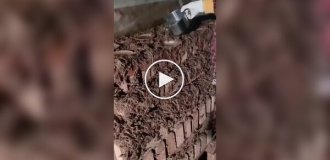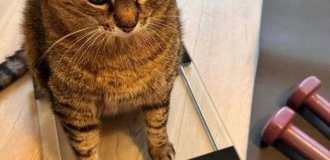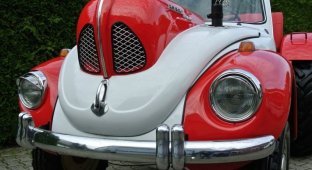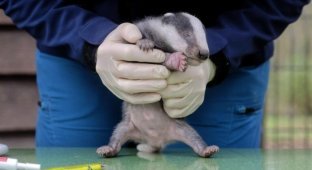It is difficult to say how these animals behave in the natural environment. Because after disappearing into the wild, the remaining a few individuals live only in the main zoos of the world. 
The deer of David got its name in honor of the zoologist Arman David, who explored the life of the last wild herd in China, where they lived these ungulates, and who made every effort to preserve it. themselves the Chinese use a funny word to refer to this creature "si-pu-xiang". Which translates as "none of the four". Because the the deer shows signs of four animals at once - cow hooves, camel neck, deer antlers and donkey tail. 
Actually, the antlers are the most striking element of the deer image in these instances are non-standard. Their processes almost always grow along backward direction, unlike fellows in the shop. And they also manage change horns every six months. First, a branched structure is grown from summer to autumn. And the second time is at the beginning of winter. 
And these oleshek have not only processes of horns back. But also wool is the opposite. In the sense that on the back and neck it grows along the direction is not from head to tail, but in the opposite direction. Due to this animals do not particularly like stroking, because according to the established tradition, people try to stroke them against the grain, which makes the deer uncomfortable and discontent. 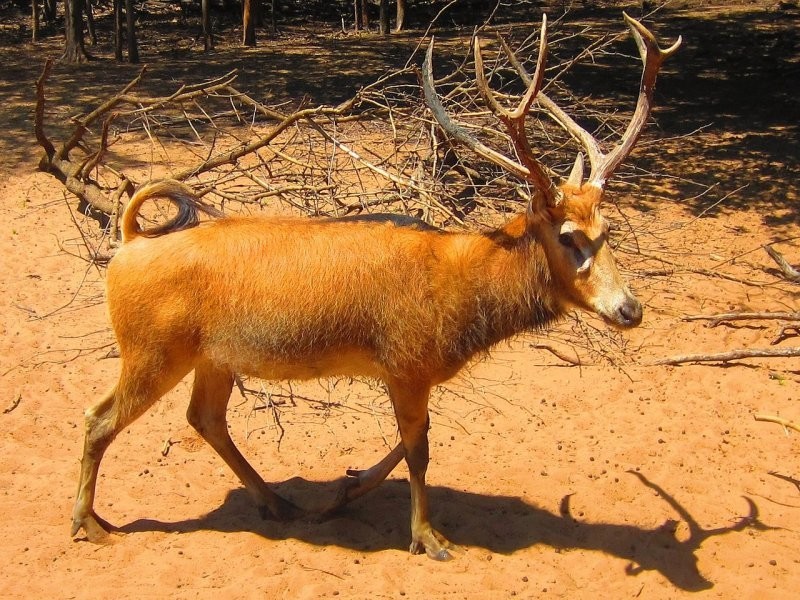
The pinnacle of the absurdity of the “si-pu-xiang” image is the tail. He again significantly different from the standard, can reach half a meter in length, equipped with a flirty tassel. And the deer of David manage famously roll it into a circle. 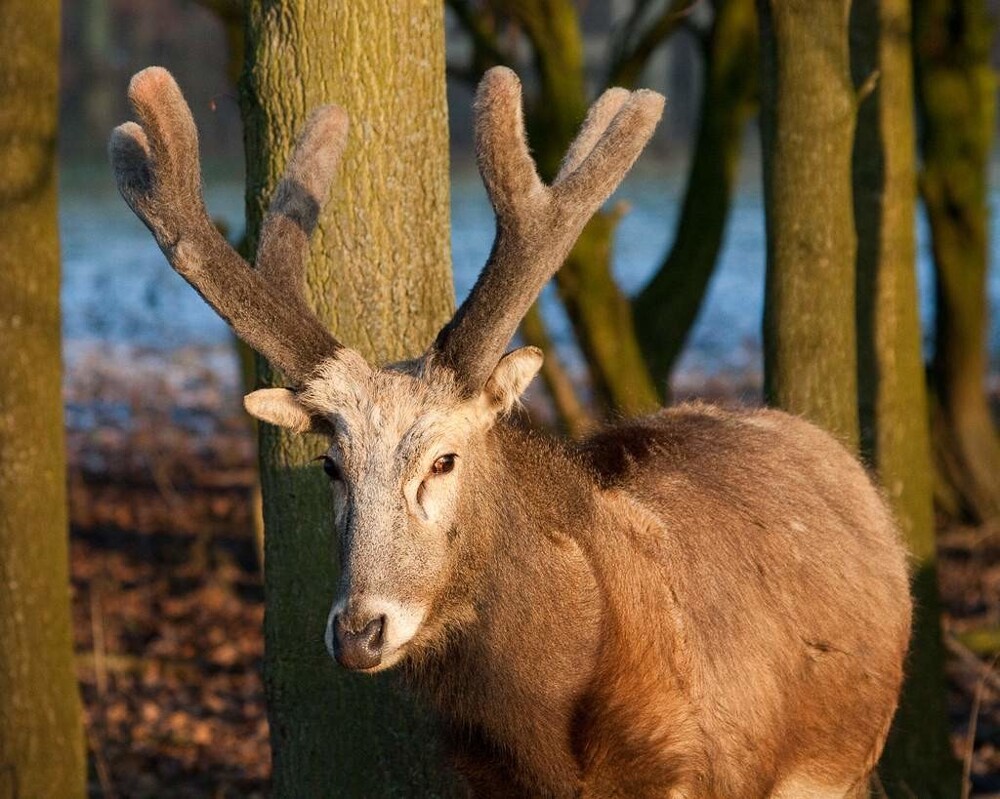
If milu (another name for deer) were not absolute herbivores, you might think that ungulates are related to crocodiles. They really like to hang around in the water for a long time and get from swimming is a real pleasure. By the way, males have an interesting quirk: they love to decorate their horns with algae and other vegetation, operating in tall grass and bushes. 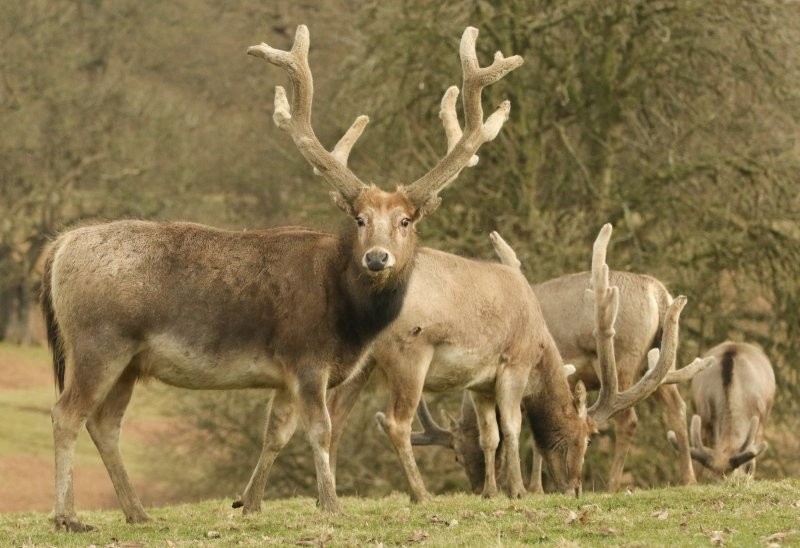
The specific shape of the hooves gives out lovers of roaming in Oleshki through difficult swampy terrain. For the attention of females in mating period, males fight not only with impressive horns, but make rivals bite and even kick. During the mating season, males almost stop eating, devoting time exclusively to young ladies. But then quickly restored body weight deficiency. Fawns are born after 288 days - cute, spotted and not different from other deer babies. 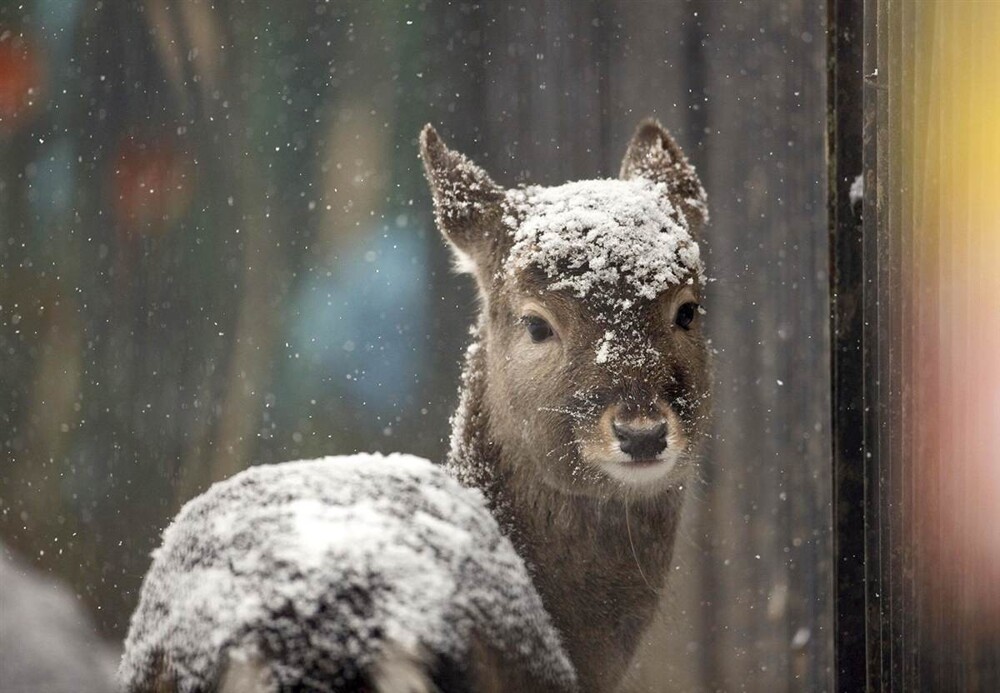
Milu is a clear example of how important it is to keep in captivity populations of endangered species so that rare animals do not disappear forever with face of the Earth, as has happened many times before.
Add your comment
You might be interested in:




